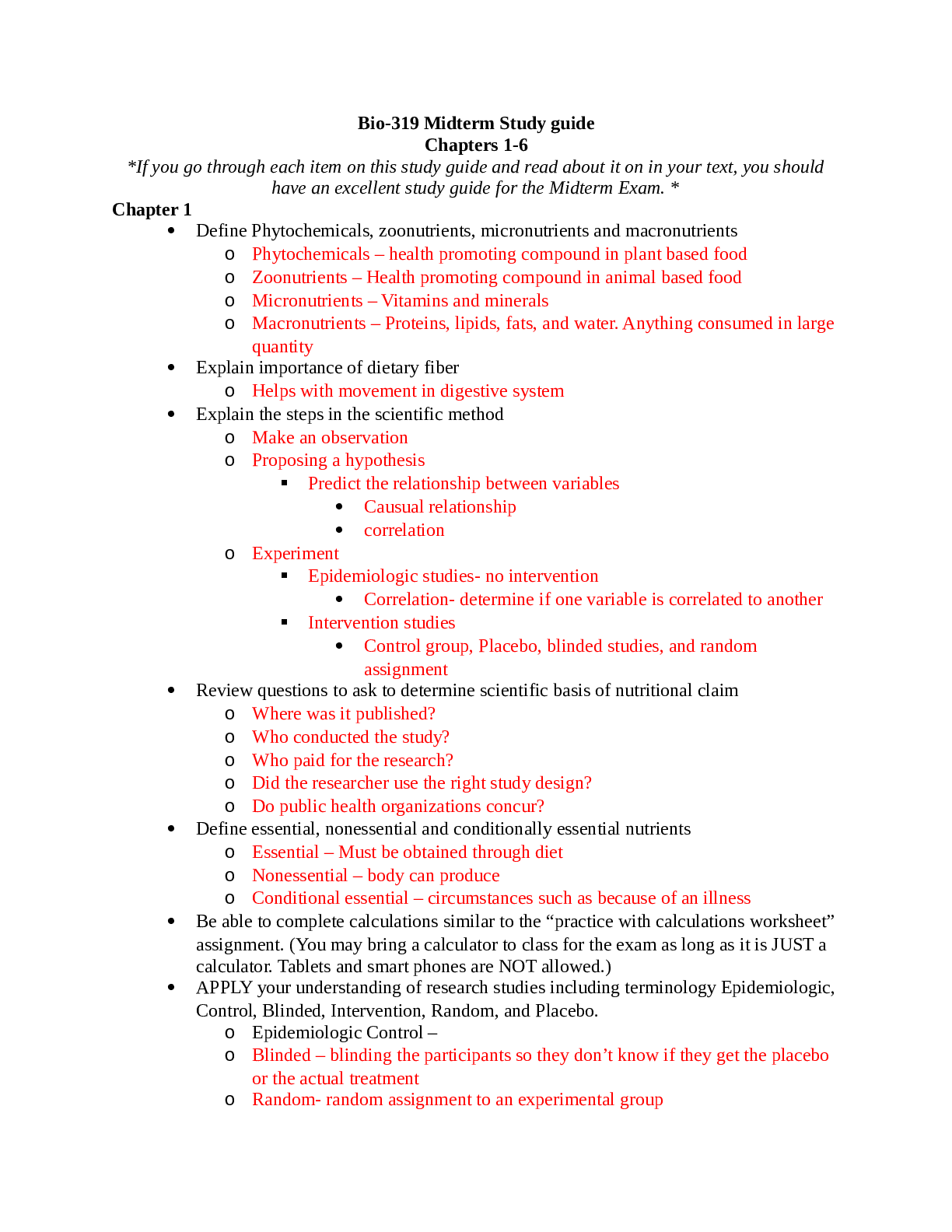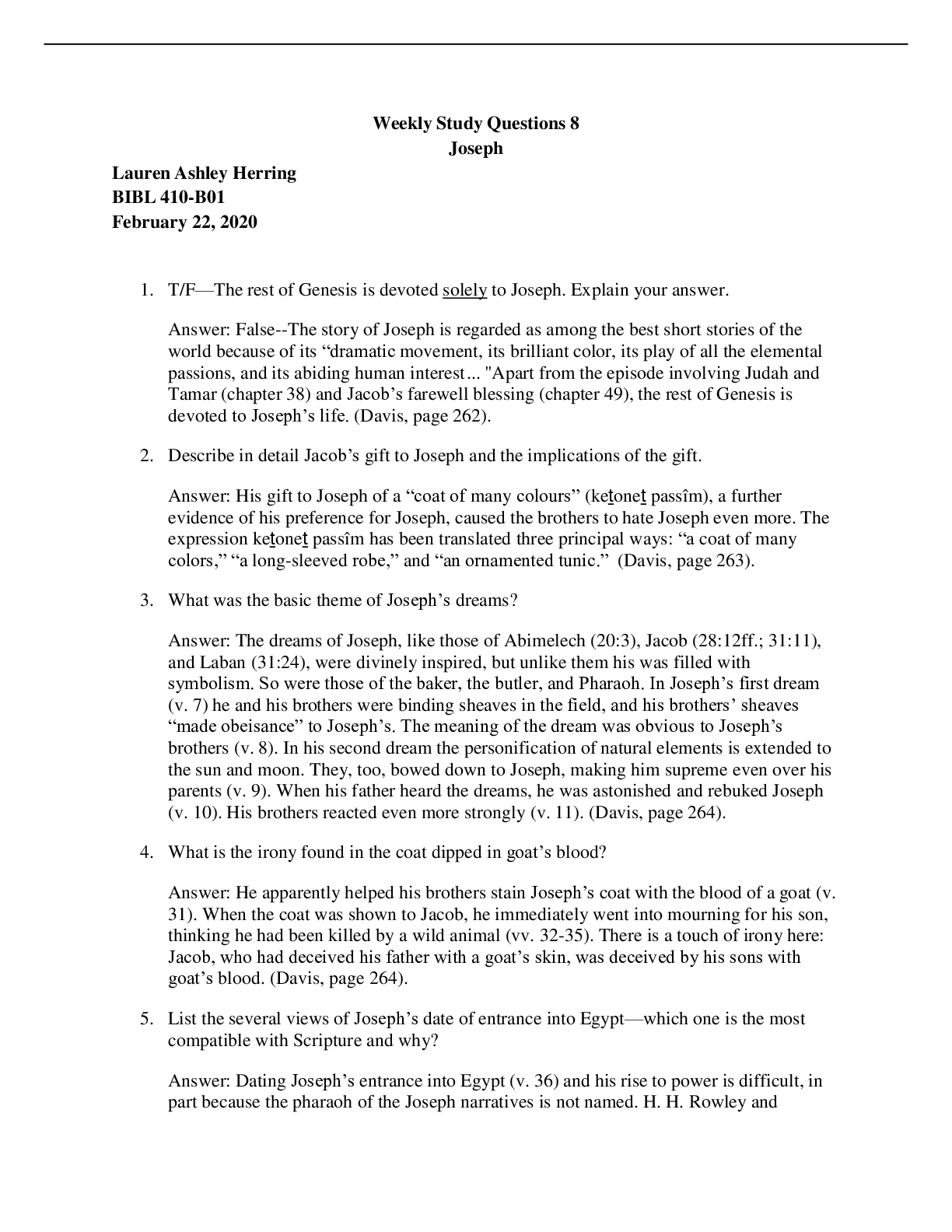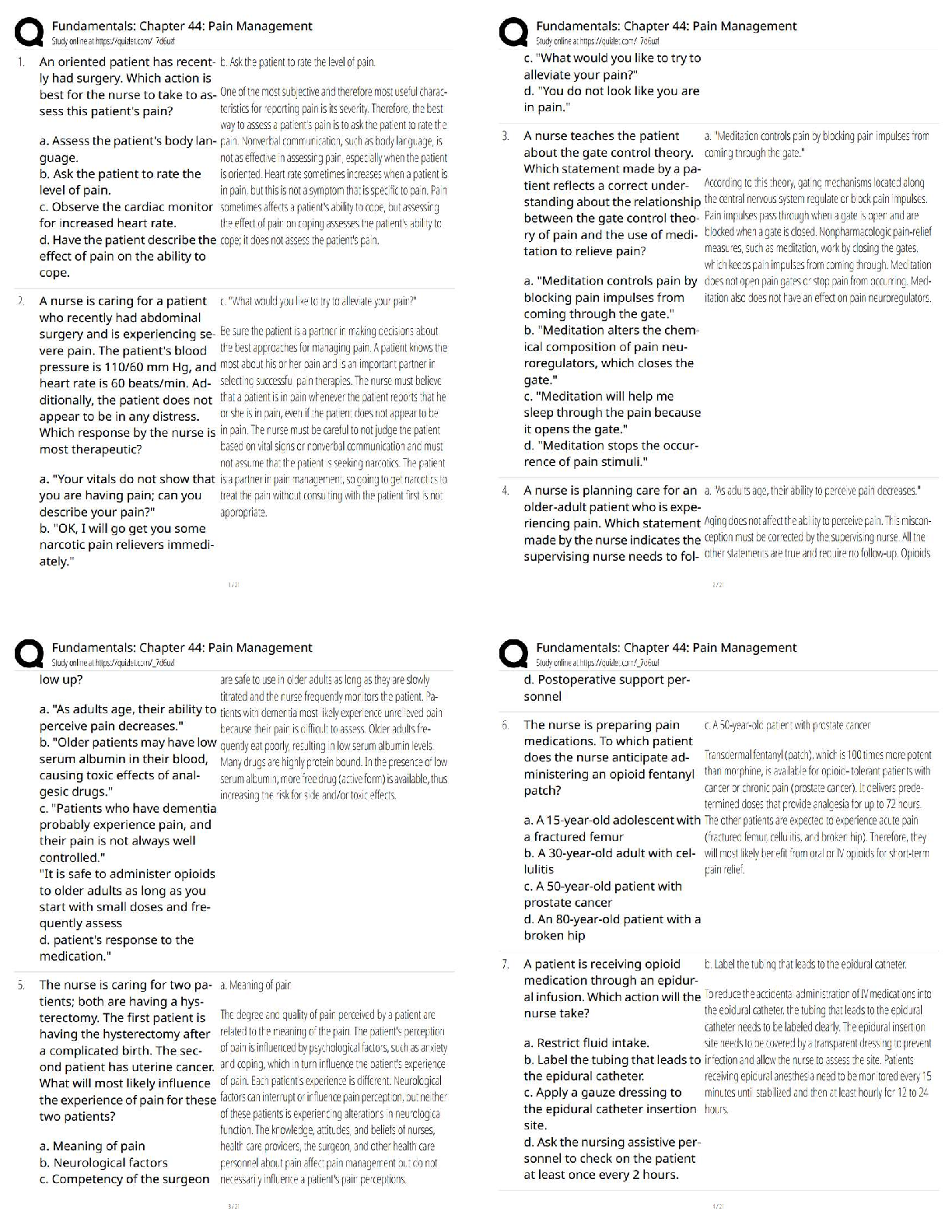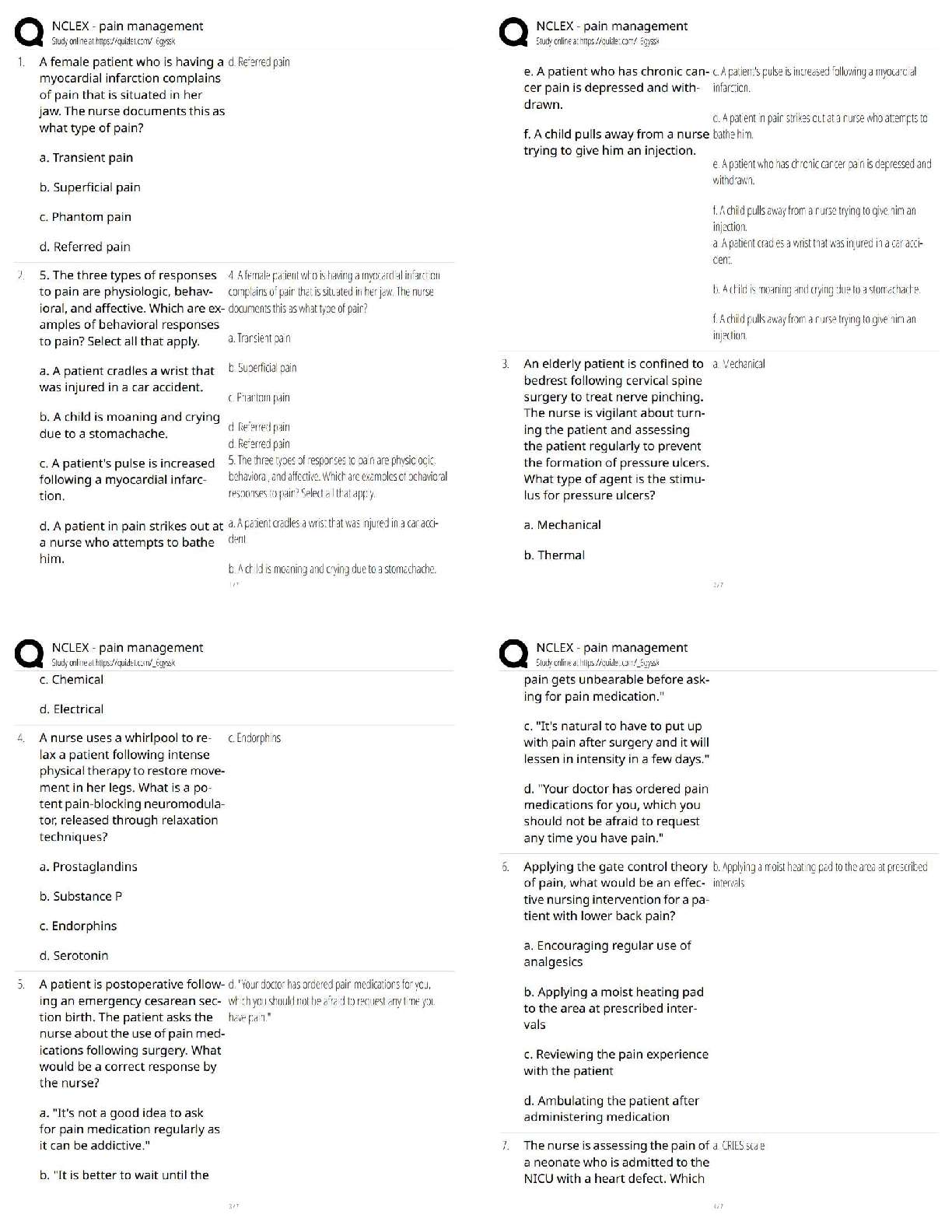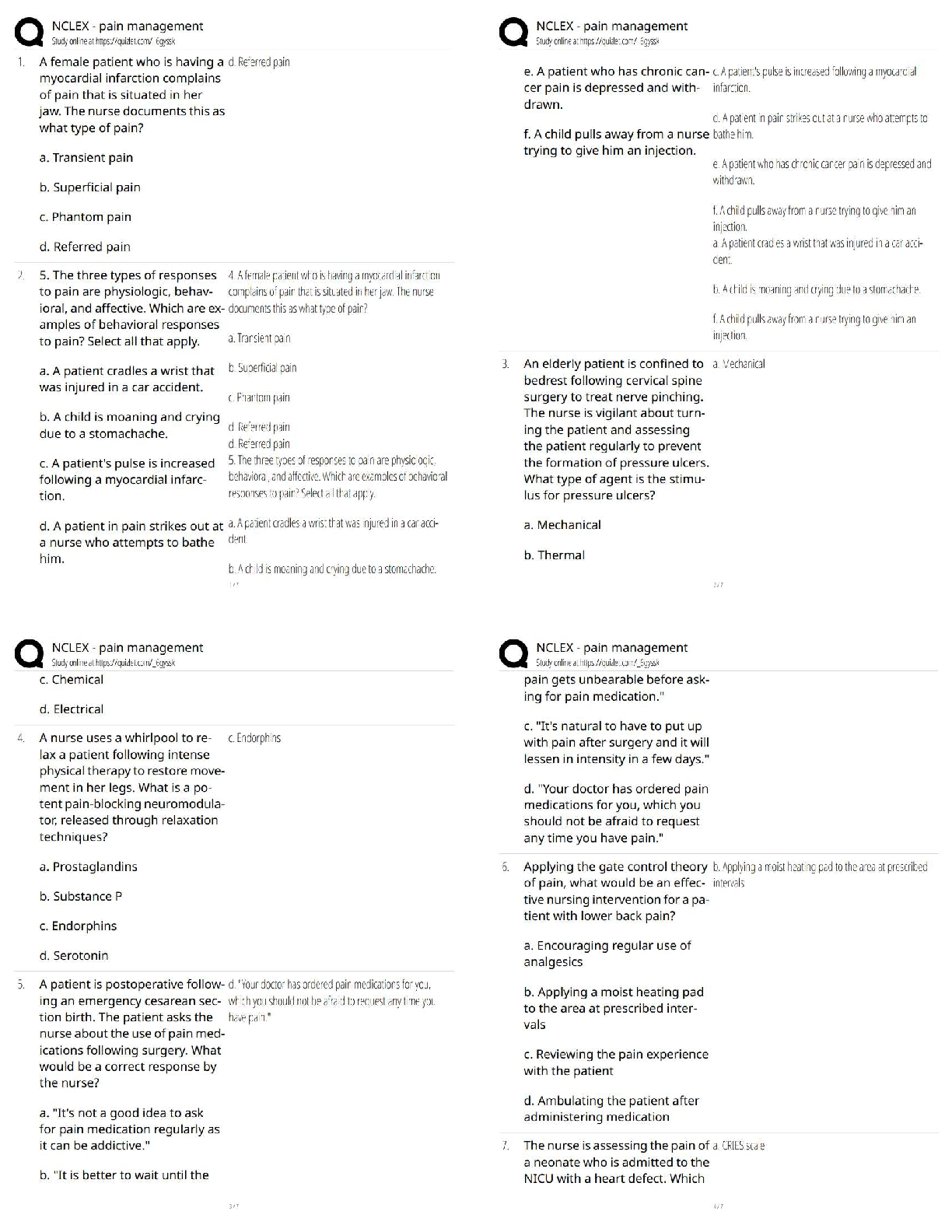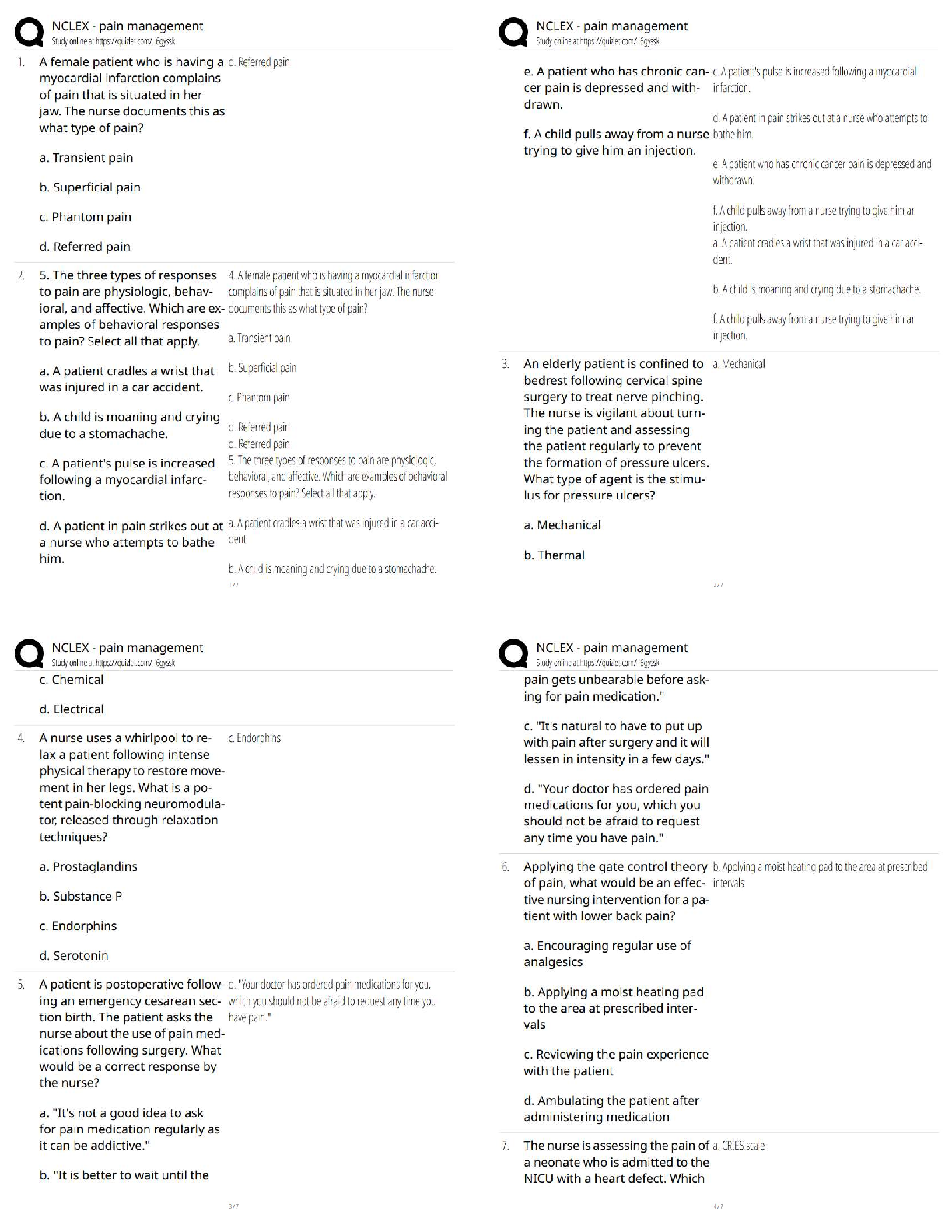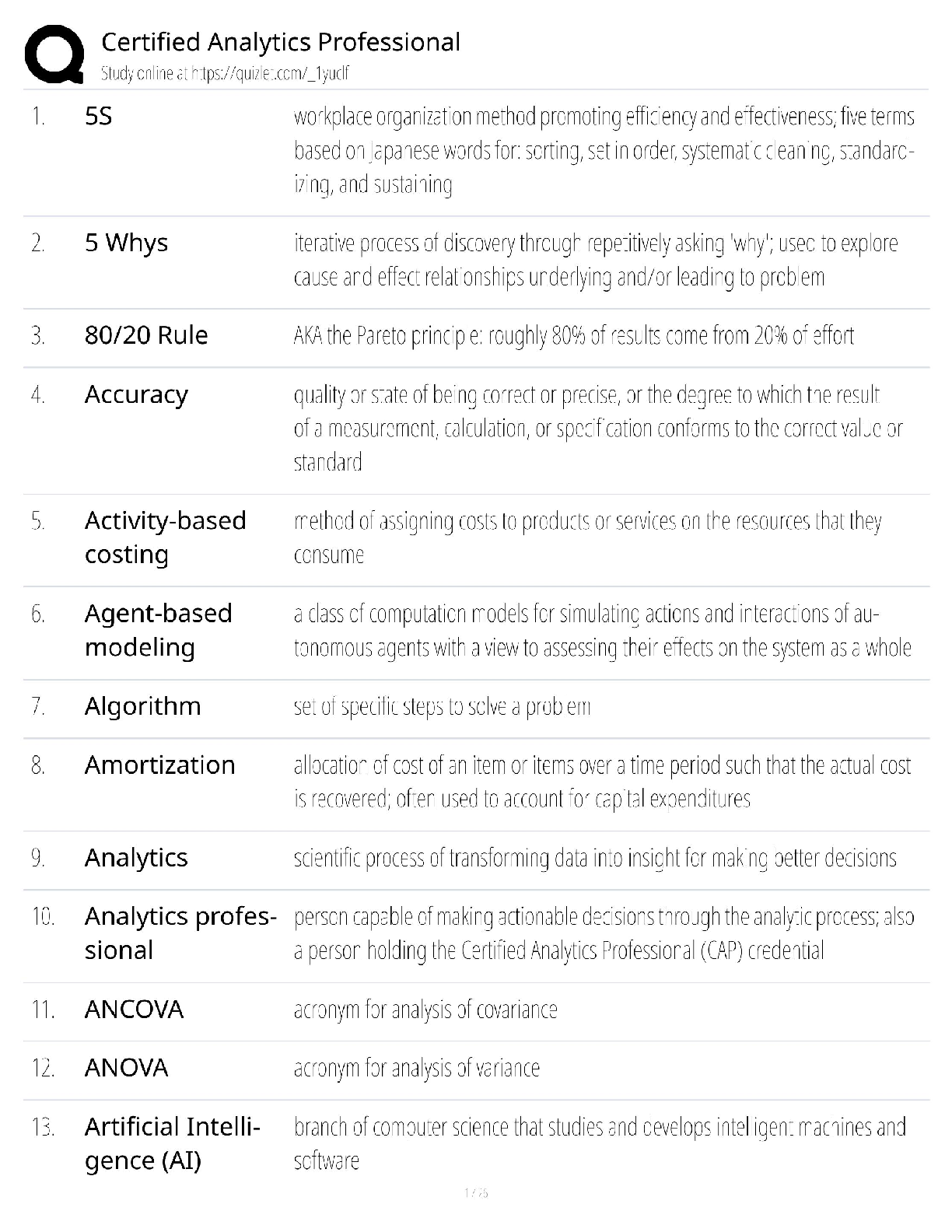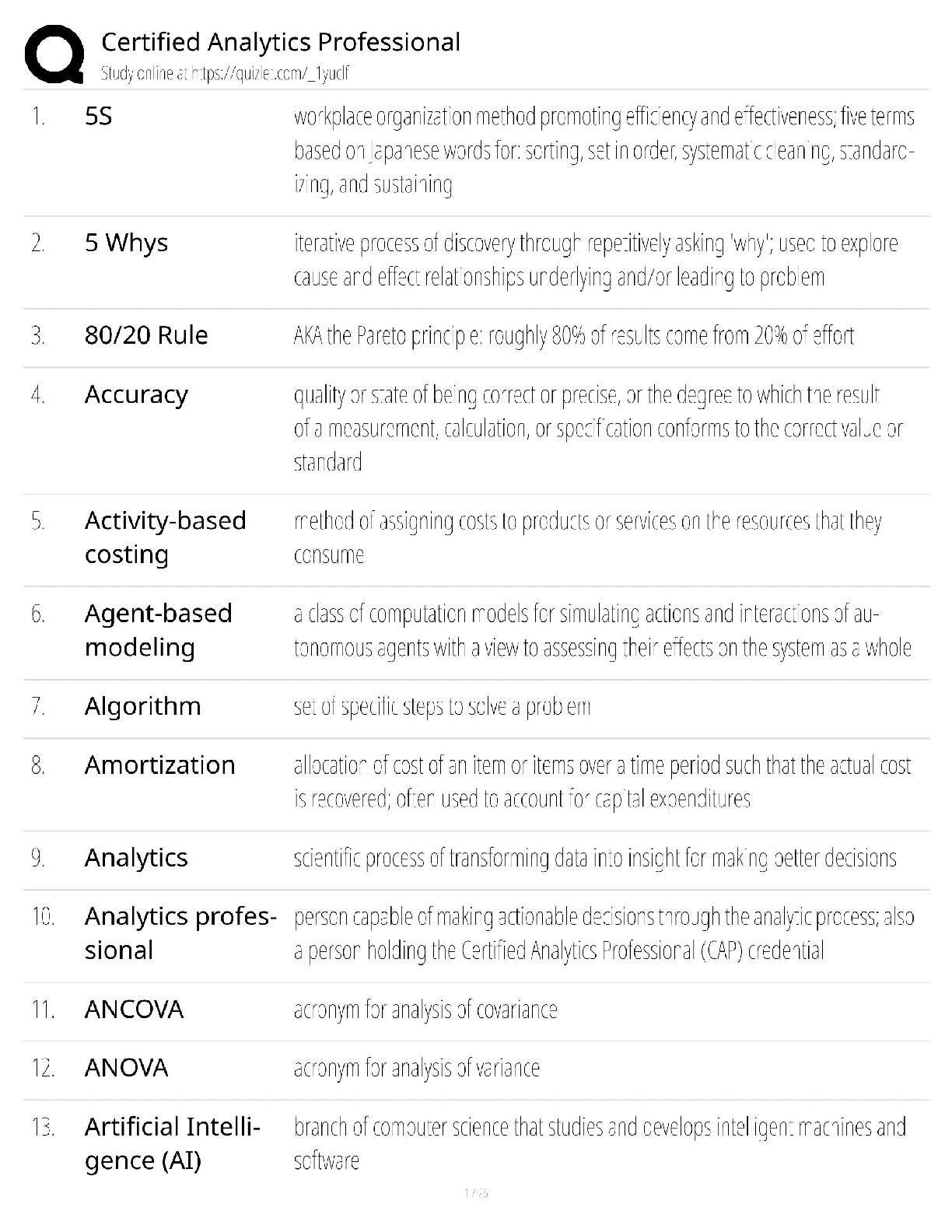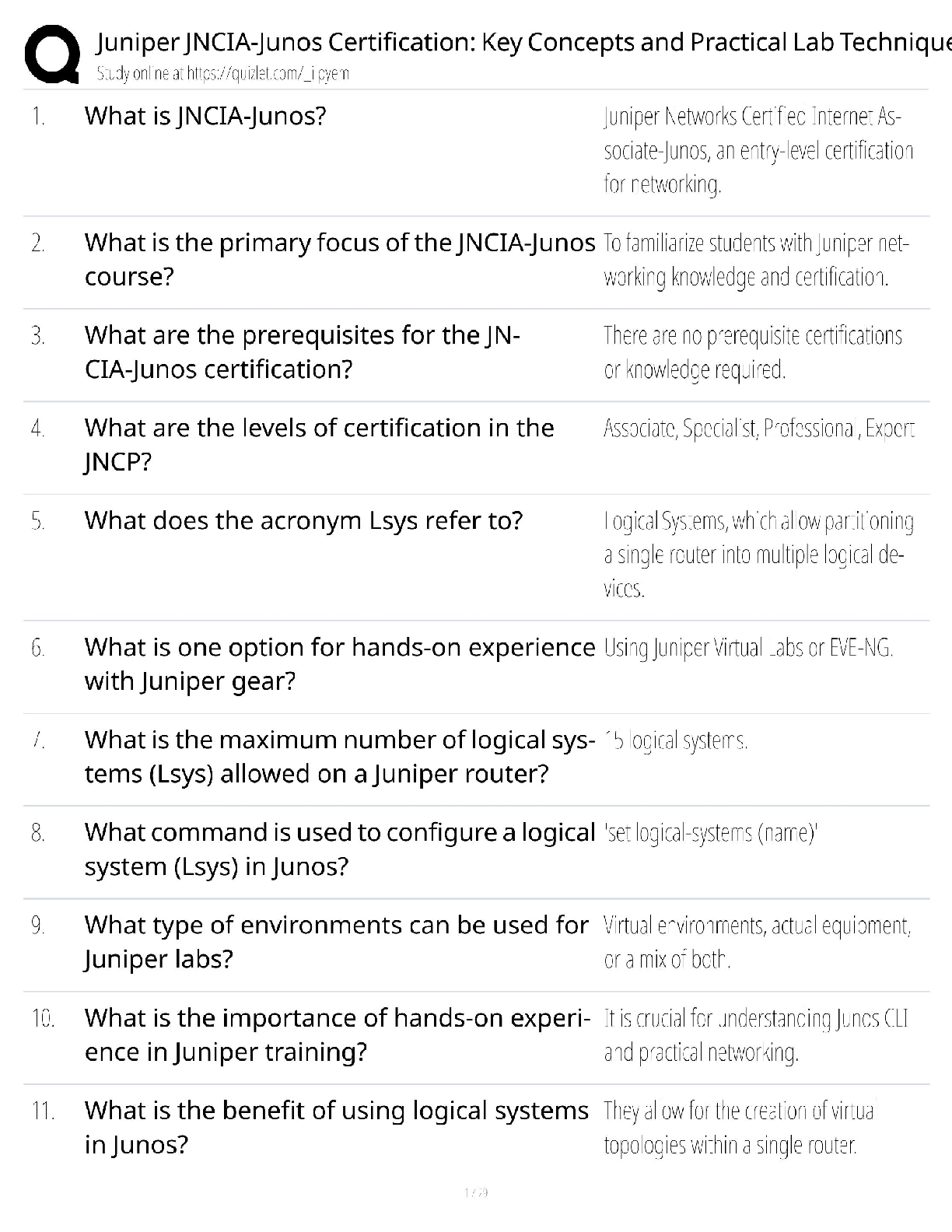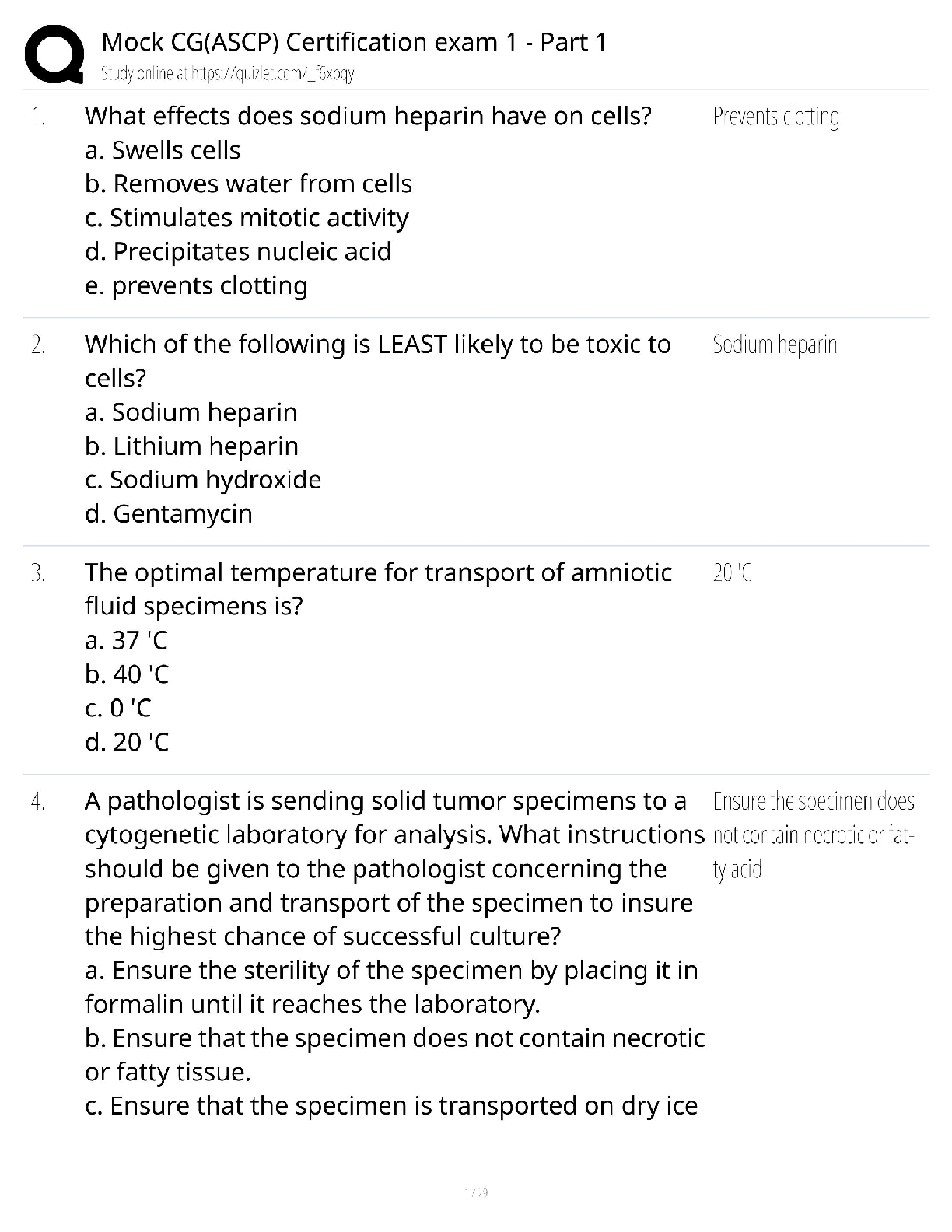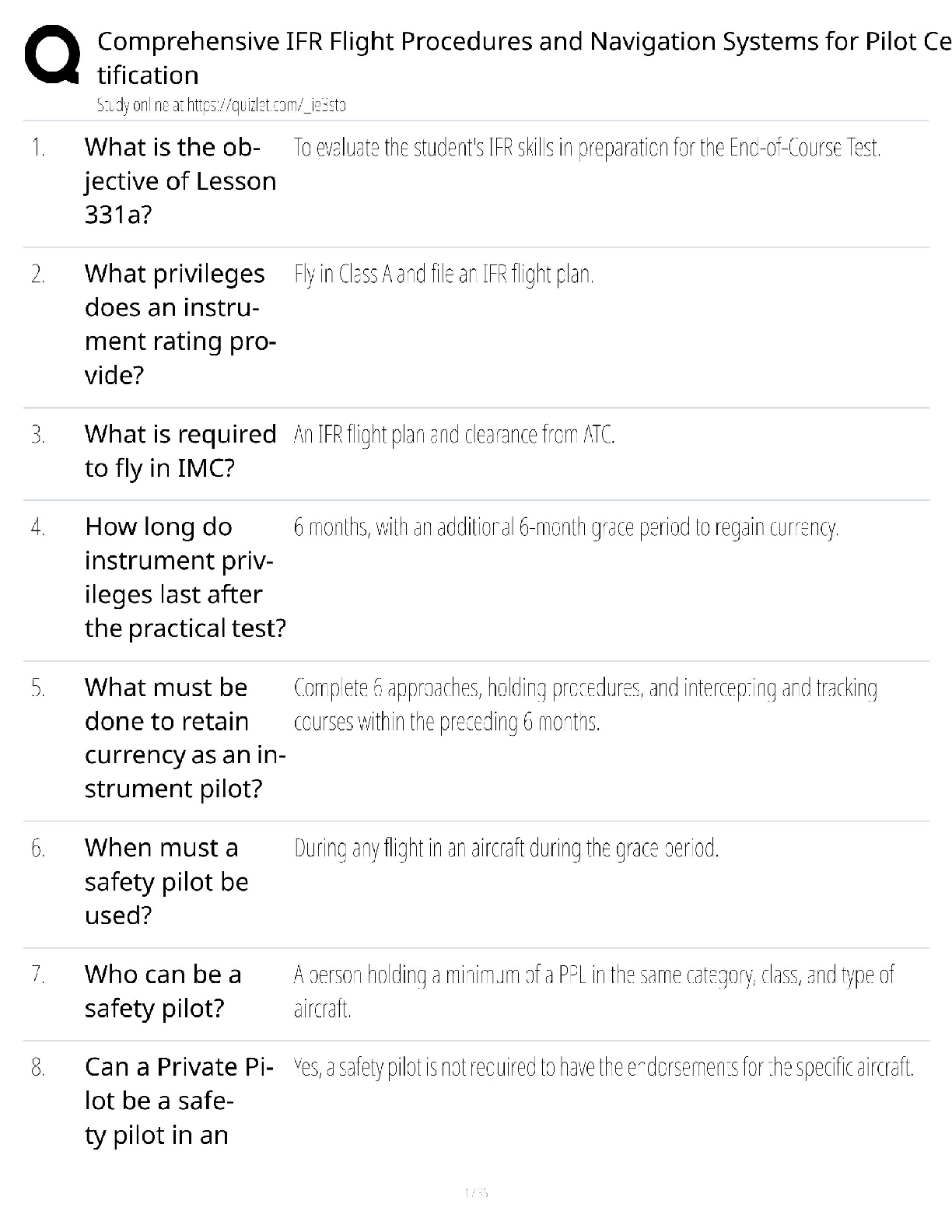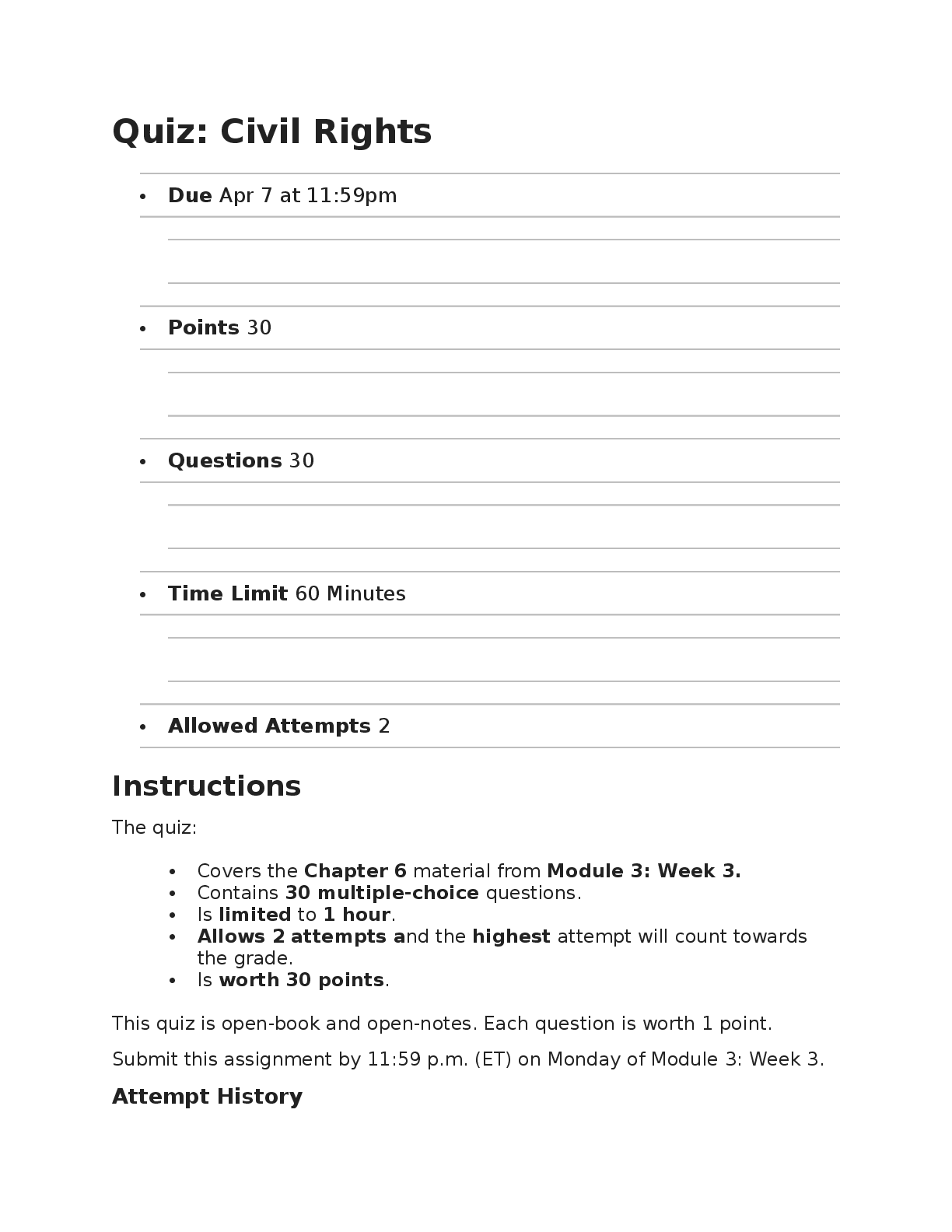
Liberty University GOVT 220 Quiz 4|100% Complete Questions and Answers updated 2025/2026.
$ 12.5
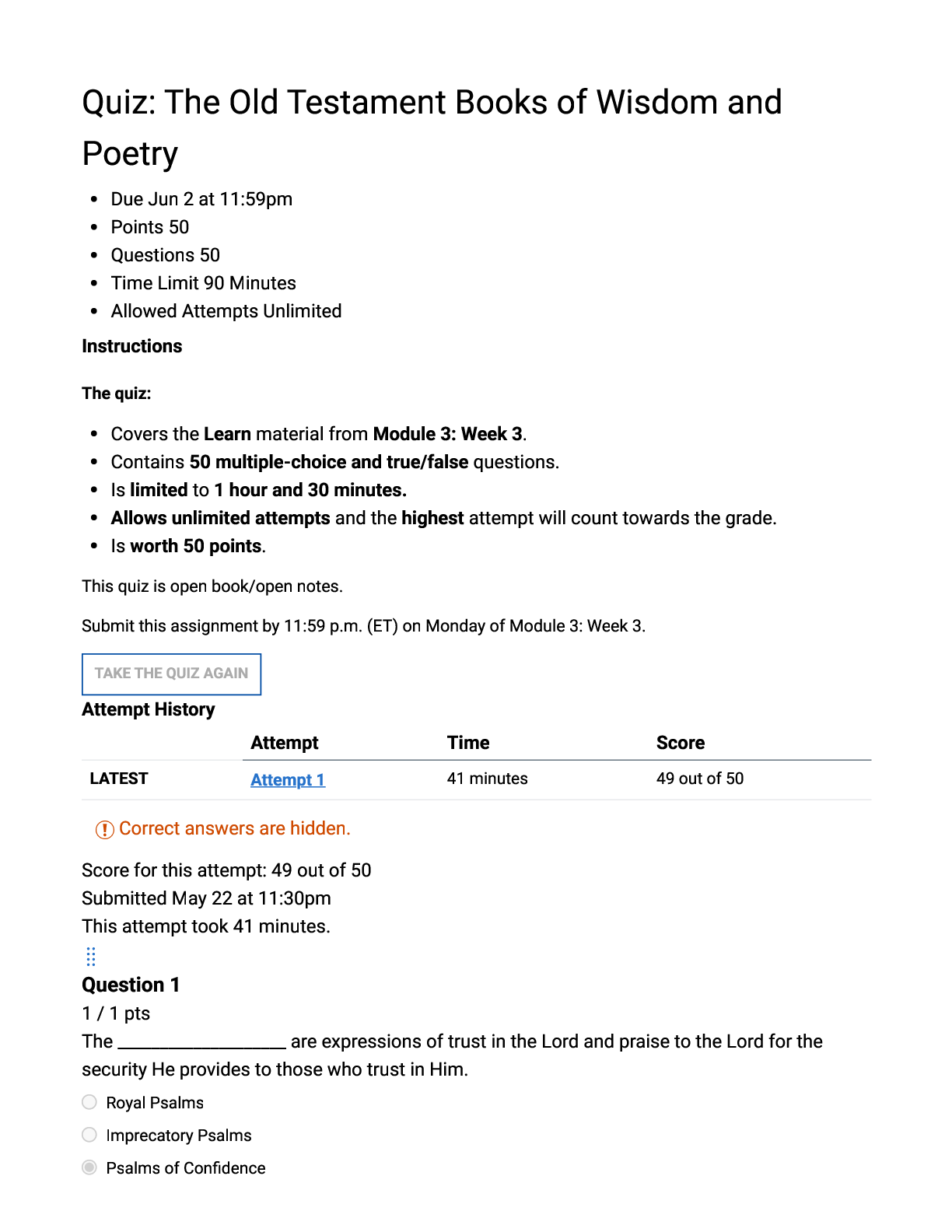
Liberty University BIBL 104 - D49 | Quiz: The Old Testament Books of Wisdom and Poetry | Score for this attempt: 49 out of 50
$ 12.5
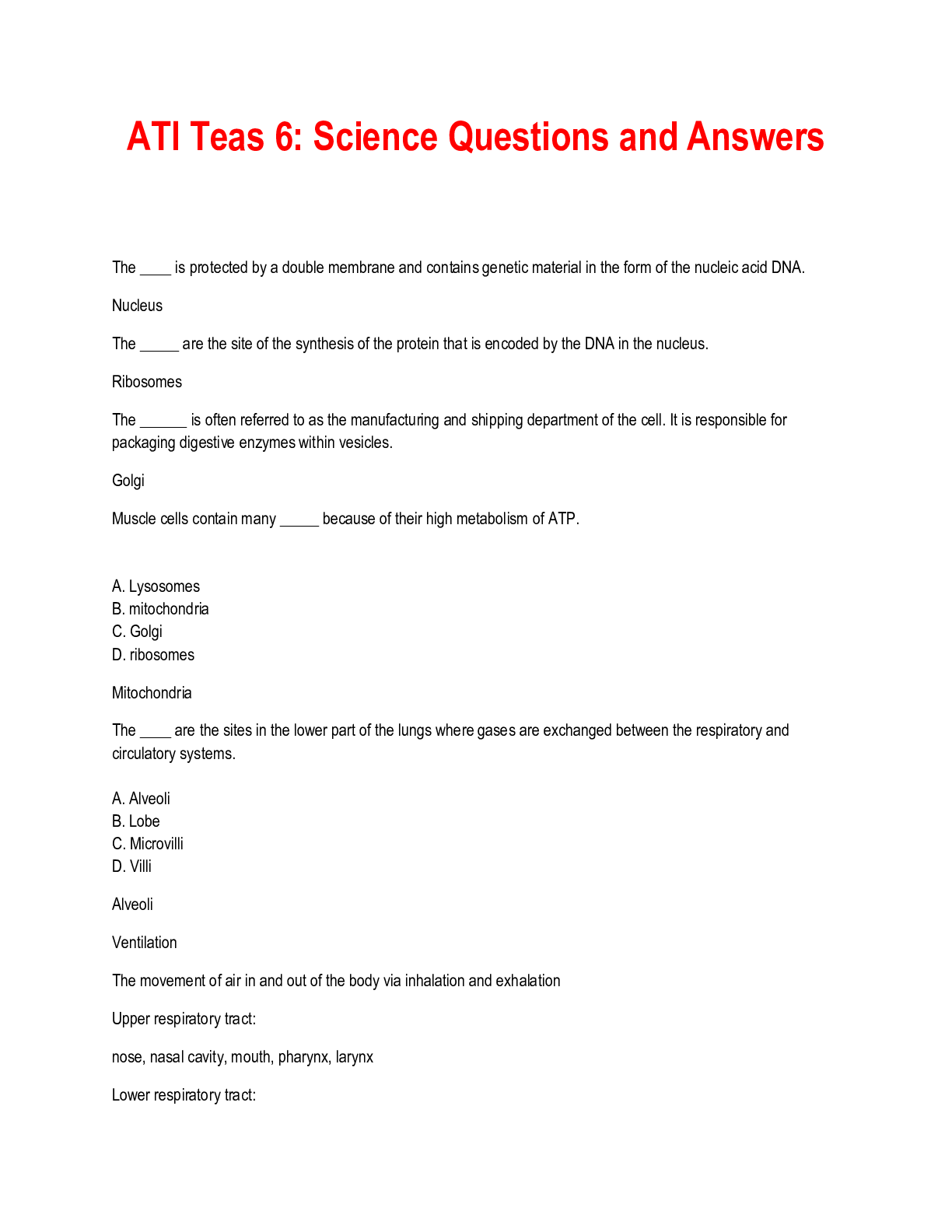
ATI Teas 6: Science Questions and Answers
$ 10

LATEST NR 509 REVIEW EXAM WITH RATIONALE

![Preview image of ATI COMPREHENSIVE[DOWNLOAD TO PASS] document](https://scholarfriends.com/storage/ATI COMPREHENSIVE[DOWNLOAD TO PASS].png)


.png)





